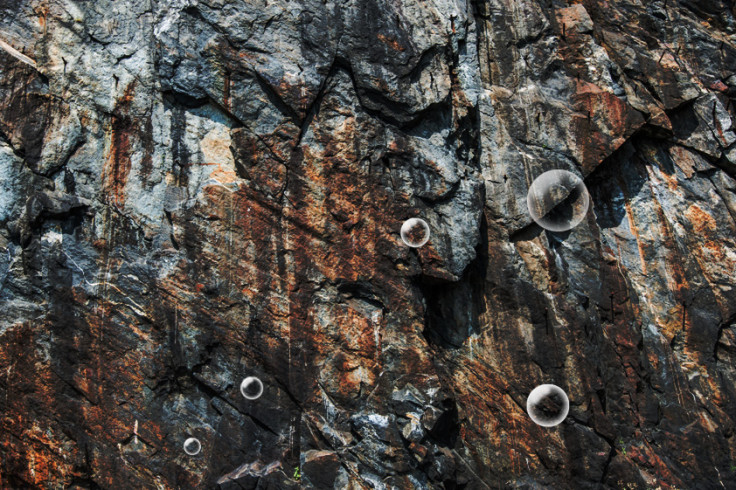Carbon storage underground may not be effective, large part of gas likely to escape with fatal consequences

Researchers at MIT have found that carbon sequestration may not be a permanent solution to limiting emissions as a large part of the gas is not converted to rock but remains mobile and can return into the atmosphere.
While current carbon-sequestration technologies offer a way to eliminate up to 90% of carbon dioxide emissions from coal-fired power plants, the process is efficient only if the gas is absorbed into rocks in deep Earth.
The team that studied the chemical reactions between carbon dioxide and its surroundings once the gas is injected into the Earth found a large fraction of the gas stays in a tenuous form.
"If it turns into rock, it's stable and will remain there permanently," says postdoc Yossi Cohen. "However, if it stays in its gaseous or liquid phase, it remains mobile and it can possibly return back to the atmosphere."
Cohen and Daniel Rothman, a professor of geophysics in MIT's Department of Earth, Atmospheric, and Planetary Sciences, detail the results week in the Proceedings of the Royal Society A.
Carbon sequestration techniques inject carbon dioxide into the subsurface some 7,000 feet below the Earth's surface where it can be stored in salty aquifers that can chemically react with carbon dioxide to solidify the gas.
The model shows that when carbon dioxide is pumped into the ground, it rushes into open pockets within rock, displacing any existing fluid, such as brine. What remains are bubbles of carbon dioxide, along with carbon dioxide dissolved in water.
The dissolved carbon dioxide becomes bicarbonate and carbonic acid, which create an acidic environment. To solidify into rock, carbon dioxide requires a basic environment, such as brine.
Looking at acidic and basic regions through which the carbon dioxide flows, they found that solidification of the gas happens only at the interface of the gas and brine, blocking the rest of the gas from mixing with brine.
"This can basically close the channel, and no more material can move farther into the brine, because as soon as it touches the brine, it will become solid," Cohen says.
"The expectation was that most of the carbon dioxide would become solid mineral. Our work suggests that significantly less will precipitate."
Global scenario and pitfalls
Globally, around 20 demonstration projects are hoped to be set up by 2020, applying carbon capture and sequestration (CCS) in various industrial sectors. But the fact remains that every major CCS project at coal power plants has been scaled back, delayed, or cancelled mostly due to high costs.
The US has around 19 large-scale CCS projects in operation or in various stages of development.
The IPCC report in 2013 had warned of a number of barriers to using CCS, including fatal CO2 leaks, transport issues and operational risks, such as seismic tremors.
One large, coal-fired plant generates the equivalent of 3 billion barrels of CO2 over an average 60-year lifetime. It would require a space the size of a major oil field to contain. The pressure could cause leaks or earthquakes.
A Stanford University study in 2010 had argued that tiny quakes could damage the seal of CO2 repositories, releasing the gas back into the atmosphere. That would be a health hazard as CO2 at high concentrations is fatal.
There is no way so far on how to monitor and verify underground CO2 storage.
In the same year, a study by Duke University found that leaks from carbon dioxide injected deep underground could enter drinking water aquifers near the surface, and contaminate the water ten-fold.
© Copyright IBTimes 2024. All rights reserved.






















